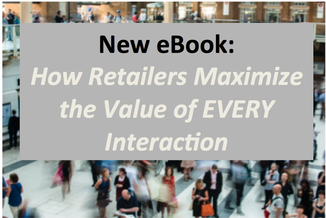
Gary Satterfield and I go way back. We met while I was working on a marketing research project for Gary twenty years ago at a utility. And he’s since gone on to become an expert in the retail energy space and was kind enough to sit down with me and my team to talk shop. The topic of deregulation, removing restrictions in a particular industry, ran a thread through much of our conversation. This has implications for consumers – and therefore, marketers.
Energy deregulation exists in selected states. Texas, for example, is considered the most deregulated, with approximately 85% of the state being in an energy-competitive market. Deregulating allows for competition among Retail Energy Providers (REPs) in a given area, leaving space for a range of pricing and services to consumers. In short, the knowledgeable consumer is in control. In regulated markets, consumers have no choice but to purchase electricity and natural gas from a local utility at prices regulated by the state and federal government.
Regardless of where you side on the issue of regulation/deregulation, the fact remains that it’s there. And for marketers, this means understanding your market, knowing where you can and cannot affect change, and adjusting to meet the needs of your customers.
Operationally, REPs already face challenges associated with price constraints (whether internally or externally imposed) and state regulations. Layer on the need to have meaningful transactions with customers, and you have a multi-pronged series of problems to solve. This requires a lot of good data and cross-department collaboration to ensure that product, pricing, and go-to-market strategy are in alignment.
The consumer also faces a number of challenges ranging from product knowledge to competitor noise. It’s much like any other retail experience where multiple brands are vying for the same dollar, but magnified by the fact that energy is a commodity and not as easy to “try on” as a pair of jeans.
So what are you doing to make the customer’s journey as seamless as possible? This goes beyond educating them. You also have to connect with the right customers and the right time – and especially in retail energy, this requires knowing your market and understanding your target audience.
This comes back to how you’re handling your data. Are you granular down to the household? Do you know how your competitors are performing in the same area? What are your potential customers looking for?
And then messaging and adjusting accordingly. Not sure where to start? We can help.


